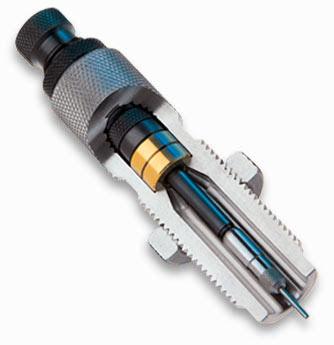All,
Been reloading for about 2 years now for my .300 Win and recently added a 6.5 Lapua to the collection.
I feel I understand the general principles for reloading, but I'm humble enough to realize that tips from people far more experienced than I are worth their weight in gold. For now, some questions in the back of my mind:
1) What dies should I get - looking for maximum accuracy and repeatability
--should be noted I have the RCBS press
2) Can someone explain resizing off the shoulder and what I'm looking to accomplish in resizing the brass?
3) How do bushing dies work - I know this is probably a silly question, but I still don't know!
I'm sure there are other questions, but I can't think of any right now. Any assistance you experts can provide is greatly appreciated! Thanks
-Ian
Been reloading for about 2 years now for my .300 Win and recently added a 6.5 Lapua to the collection.
I feel I understand the general principles for reloading, but I'm humble enough to realize that tips from people far more experienced than I are worth their weight in gold. For now, some questions in the back of my mind:
1) What dies should I get - looking for maximum accuracy and repeatability
--should be noted I have the RCBS press
2) Can someone explain resizing off the shoulder and what I'm looking to accomplish in resizing the brass?
3) How do bushing dies work - I know this is probably a silly question, but I still don't know!
I'm sure there are other questions, but I can't think of any right now. Any assistance you experts can provide is greatly appreciated! Thanks
-Ian

